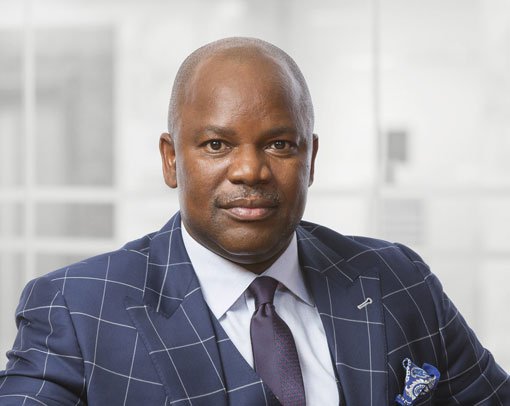
WHEN July Ndlovu was appointed CEO of Anglo Coal South Africa, a division of the UK-listed group, the expectation was that his elevation to the 45 Main Street hierachy would be a short-lived one.
Months earlier, Anglo American CEO, Mark Cutifani, has outlined plans to radically restructure the company such that all its bulk mining assets – iron ore and coal – would be sold so that there could be a focus on platinum, copper and diamonds.
This triggered a chain reaction of management changes with Ndlovu moving from Anglo American Platinum where he was head of processing to replace Themba Nkhwanazi who in turn had replaced Norman Mbazima at Kumba Iron Ore. It was Mbazima’s new job to oversee the asset sales.
Ironically no sooner had Cutifani unveiled the restructure that the commodity market staged a remarkable comeback, coal and iron ore in particular. Where speculation thrived on the notion Kumba and the coal assets would be merged and controlled by the Government’s Public Investment Corporation, there was now a new reality. Suddenly, Anglo was not the forced seller of old, cash burning assets, and would manage its formerly non-core mines for cash unless a cracking offer was tabled.
Asked in an interview with Miningmx if he could forsee a time Anglo would eventually sell its coal mines, Ndlovu said – somewhat amused at the crossroads that would then confront him: “As a business unit CEO, quite honestly, I have to run the business as best as I can and make sure it’s the best thermal coal business on the globe”.
“Anyway, a business is owned by somebody so I don’t get bogged down with whether Anglo will sell us or not. I’ve a role to develop the endowment that we’ve got in the most capital efficient way. It generates cash, good returns,” he said.
That it does.
Underlying pre-tax profit for Anglo American’s South African coal mining division in the six months ended June 30 increased 73% to $283m owing to an attributable 46% increase in the export thermal coal price. Total export saleable volumes were in line with the first half of the previous financial year. Total trade production was 11.4 million tonnes (Mt) representing a 3% decline as a result of the planned closure of the Eskom pit at Khwezela.
More broadly, Anglo Coal South Africa is removing Eskom sales out if its business completely once a R2.3bn sale to Seriti Resources, a black-owned consortium which has Mike Teke, Sandile Zungu and Anna Mokokong as its leaders, is completed – a transaction that to some extent relies on Eskom getting its act together. The assets involved are sizeable: Anglo’s Eskom business sold 24Mt in its 2016 financial year and consists of the New Denmark, New Vaal and Kriel mines.
Eskom’s troubles with leadership is among the most well documented crisis of modern-day South Africa, but Ndlovu thinks the executives currently fulfilling acting roles – such as Eskom CEO, Johnny Dladla – won’t have much difficulty approving the deal since it merely requires the transfer of a sales contract. [The interview was conducted before Dladla was revolved out of the position to be replaced by another acting head, Sean Maritz].
“That’s always going to be an issue. Having said that, there are people in acting positions, there’s an interim board; we work with them on the assumption that they have got the necessary mandates to act in the best interests of the organisation. We haven’t seen anything yet to suggest Eskom wouldn’t be able to make or get a decision,” said Ndlovu.
Ndlovu thinks the deal will take its course; ultimately, it’s out of Anglo’s hands. The same could be said of the coal price but Ndlovu is fairly optimistic. In additon to the extreme weather conditions currently which plays into the hands of coal exporters able to opportunistically capitalise on shortages, there’s also an explosion of new markets, especially in South East Asia notwithstanding the near global antipathy for coal-fired energy.
“Coal is on the comeback because of a number of factors, not just cut-backs in China but also the fact that we’re beginning to see new markets emerging in South East Asia, North Africa, the Middle East. So, you see South Korea and Taiwan building new power stations; in Pakistan there are new stations coming. It’s all beginning to support the price.”











